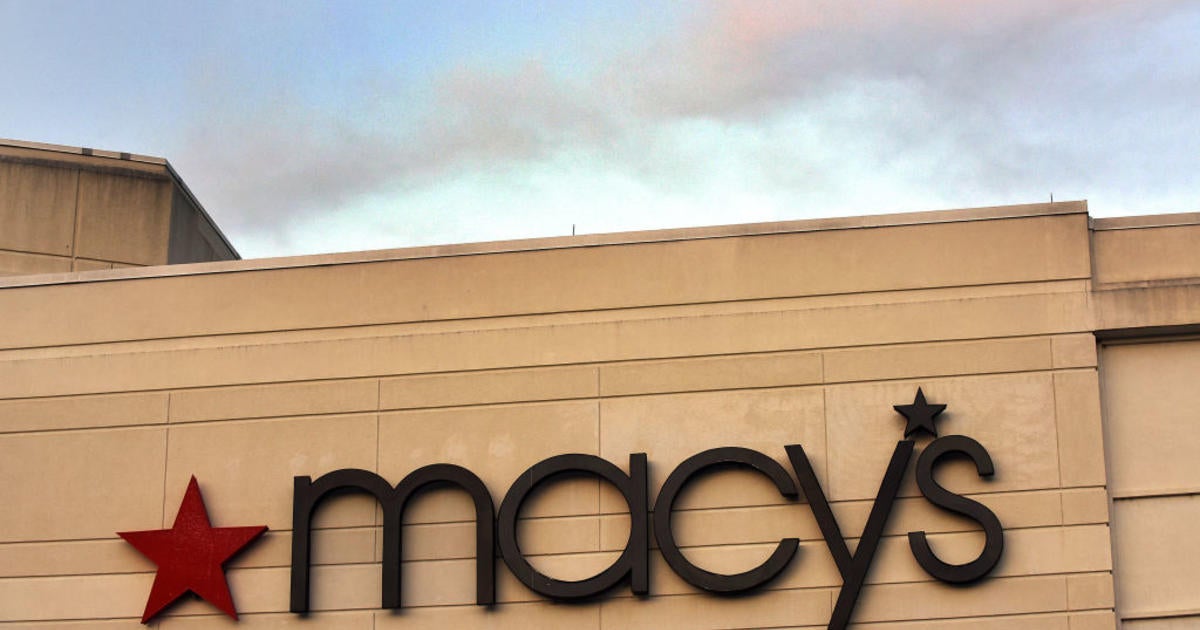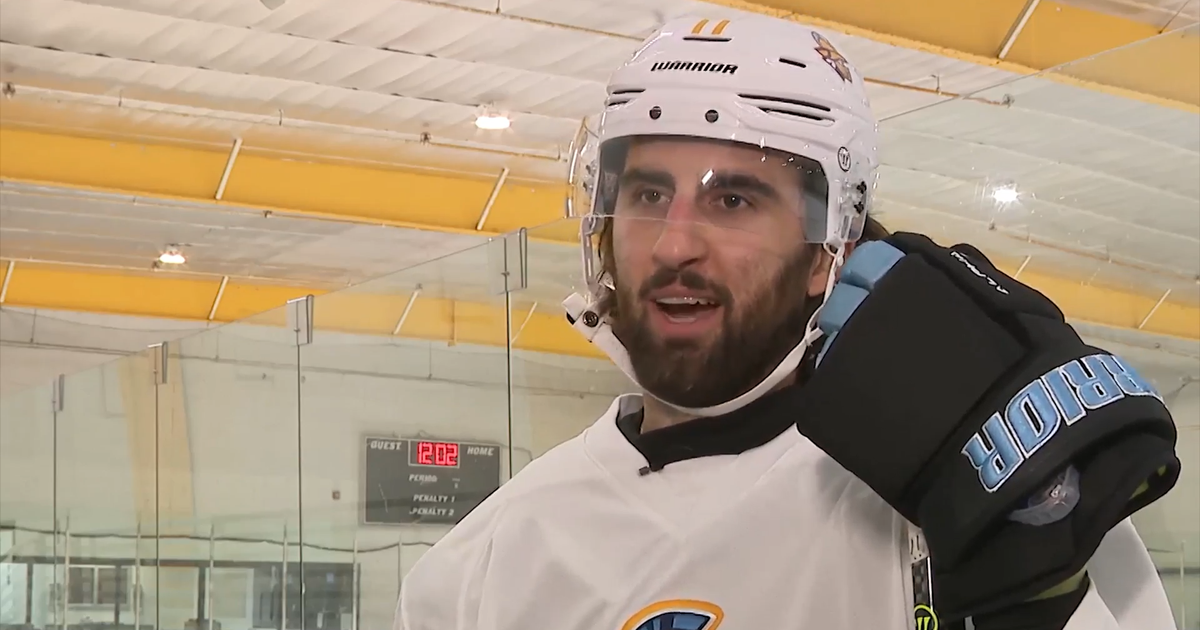Here's how the NFL is working to improve player safety
PITTSBURGH (KDKA) — The NFL has been working to improve the safety of players after former players have been diagnosed with neurological problems, likely in part because of head blows.
KDKA-TV wanted to learn how football is changing after our story last February when we shared that our former colleague and friend, Jon Burnett, was diagnosed with suspected CTE. Burnett played football from childhood through college at the University of Tennessee.
Football is an American tradition, but traditions change when there are good reasons, including player safety. Pittsburgh Steelers quarterback Russell Wilson wears the latest generation helmet designed specifically to protect quarterbacks from head injury.
"It's such a key element," Wilson said. "You guys see a guy like (Tua Tagovailoa) go through what he's gone through, and it's real."
The NFL offered 12 new helmets this year, a result of the league's investments in safety.
Dr. Allen Sills, chief medical officer for the NFL, says, "Material science has gotten better. So, just like cars, we now have materials that can absorb force and dissipate that force instead of transmitting it to what's inside the helmet, which in this case, of course, is the brain in the skull."
Dr. Sills says players are now required to wear a Guardian Cap on their helmets in practice after their research found a 50% drop overall in concussions for players who wore the Guardian Cap for two seasons in a row.
"We see that each time a blow happens to the helmet if it's the Guardian Cap covering it, it reduces that force about 10% to 15%," Dr. Sills said. "Obviously, if both players have a Guardian Cap on, you get an additive effect."
Interestingly, one unintended benefit of players wearing Guardian Caps is that quarterbacks injure their hands and arms a lot less because often their arm hits a helmet when throwing and the padding helps soften the impact.
And for the first time, players this season can choose to wear the Guardian Cap in games with a logo cover on top. Steelers offensive lineman James Daniels is one of 10 players who decided to wear it in games this season.
But what the naked eye can't detect is the new, safer helmets players are wearing. More than 220 players are wearing Guardian Cap Optional helmets. That name is because they're so much better, players don't need to wear the Guardian Cap in practice. That includes 175 players wearing new position-specific helmets like Wilson's Vicis Zero2 QB helmet made specifically for quarterbacks.
Dr. Sills says, "Our engineers have looked at video reconstructions of the injury-causing plays, and they've noticed that players tend to get hurt in different patterns depending on their position."
For example, offensive and defensive linemen take more blows from the front, and quarterbacks hit their heads more often in the back.
"I think the biggest thing is continual research," Wilson says. "I think we always have to do that for player safety. It's always super key."
Biomechanical experts are monitoring player safety with sensors in some helmets and even mouthguards. The NFL has also made nearly 50 rule changes over the past 10 to 15 years to improve safety, including a radical change to the kickoff.
"The kickoff was one of our highest rates of concussion of any type of play," Dr. Sills said. "It makes sense if you think about how the kickoff occurs. You've got two things that tend to lead to injury, which is space and speed. So, large players running down the field at a high rate of speed with collisions."
Dr. Sills says the rule changes demonstrate the league's goal of not just minimizing injury in hits but eliminating head blows altogether.
"What we're really focusing on is not just the helmet technology but how do we avoid head contact in the first place. Literally, how can you play the game without using your head, because what we found is that you can play the game without using your head to block or tackle to have an impact. And that obviously is going to be the safest long-term method for players to keep from injury," Dr. Sills says.







